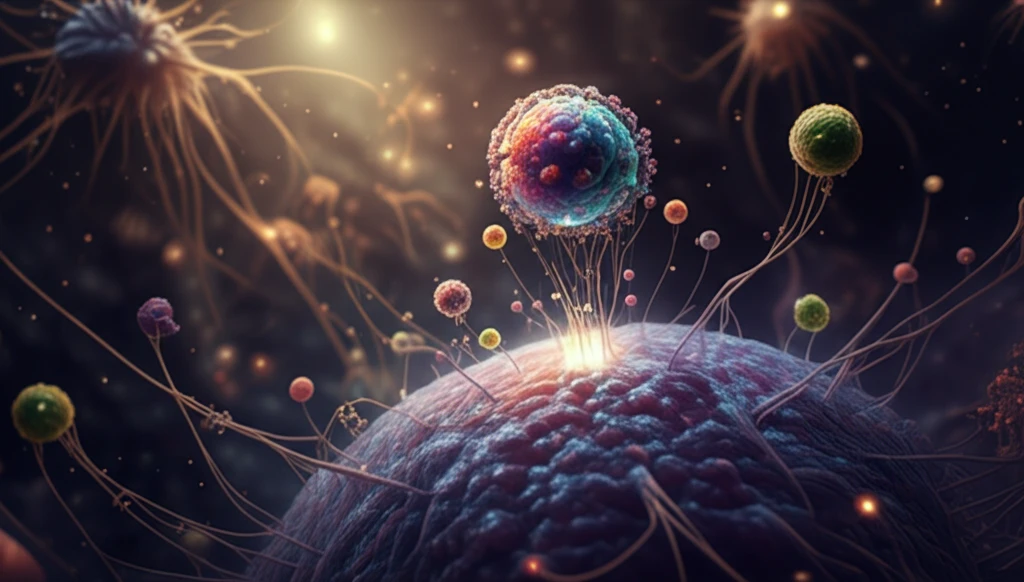
Glioblastoma Breakthrough: Are Tiny Vesicles the Key to Cancer Cell Growth?
"New research unveils how cilia-derived vesicles might be fueling glioblastoma proliferation, offering a potential new target for treatment."
Glioblastoma (GBM), a formidable type of brain cancer, poses significant challenges in treatment due to its aggressive nature and resistance to conventional therapies. While advancements in medical science have expanded our understanding of cancer biology, the intricate mechanisms driving GBM progression remain elusive. The search for new therapeutic targets is critical, especially considering the limited success of current treatments.
Recent research has focused on the role of primary cilia, small, antenna-like structures on the surface of cells, in various types of cancer. Depending on the specific cancer and cellular context, these cilia can either promote or inhibit tumor development. In glioblastoma, the precise role of cilia is still debated, with studies suggesting both pro- and anti-tumorigenic functions. This complexity underscores the need for a deeper understanding of how cilia contribute to GBM pathogenesis.
A groundbreaking study sheds light on a new mechanism by which cilia influence GBM cell proliferation. Scientists have discovered that GBM cells release tiny vesicles from their cilia, and these vesicles appear to enhance the growth of neighboring tumor cells. This discovery identifies a potential new communication pathway within tumors, offering a novel target for therapeutic intervention.
Cilia-Derived Vesicles: Messengers of Tumor Growth

The research team generated glioblastoma cell lines that allowed them to visualize and track cilia in real-time. Using advanced imaging techniques, they observed that cilia actively release vesicles, small membrane-bound sacs, from their tips into the surrounding environment. These vesicles, dubbed "cilia-derived vesicles," contain various molecules and signaling factors that can be taken up by other cells.
- GBM cells exposed to conditioned media from normal, cilia-producing cultures exhibited significantly higher proliferation rates.
- Conditioned media from cultures with suppressed cilia formation did not promote GBM cell growth.
- These results suggest that cilia-derived vesicles contain factors that actively stimulate GBM cell proliferation.
- Further investigation revealed that these vesicles contain a variety of molecules, including Arl13b, a protein known to be involved in cilia function and tumor growth.
New Avenues for Treatment
This research opens exciting new avenues for GBM treatment. By targeting the formation or release of cilia-derived vesicles, or by interfering with the signaling pathways they activate, scientists may be able to slow or halt tumor growth. Further research is needed to fully elucidate the contents of these vesicles and the mechanisms by which they promote proliferation, but this study represents a significant step forward in the fight against glioblastoma. It could lead to new therapies that improve outcomes for patients battling this devastating disease.
